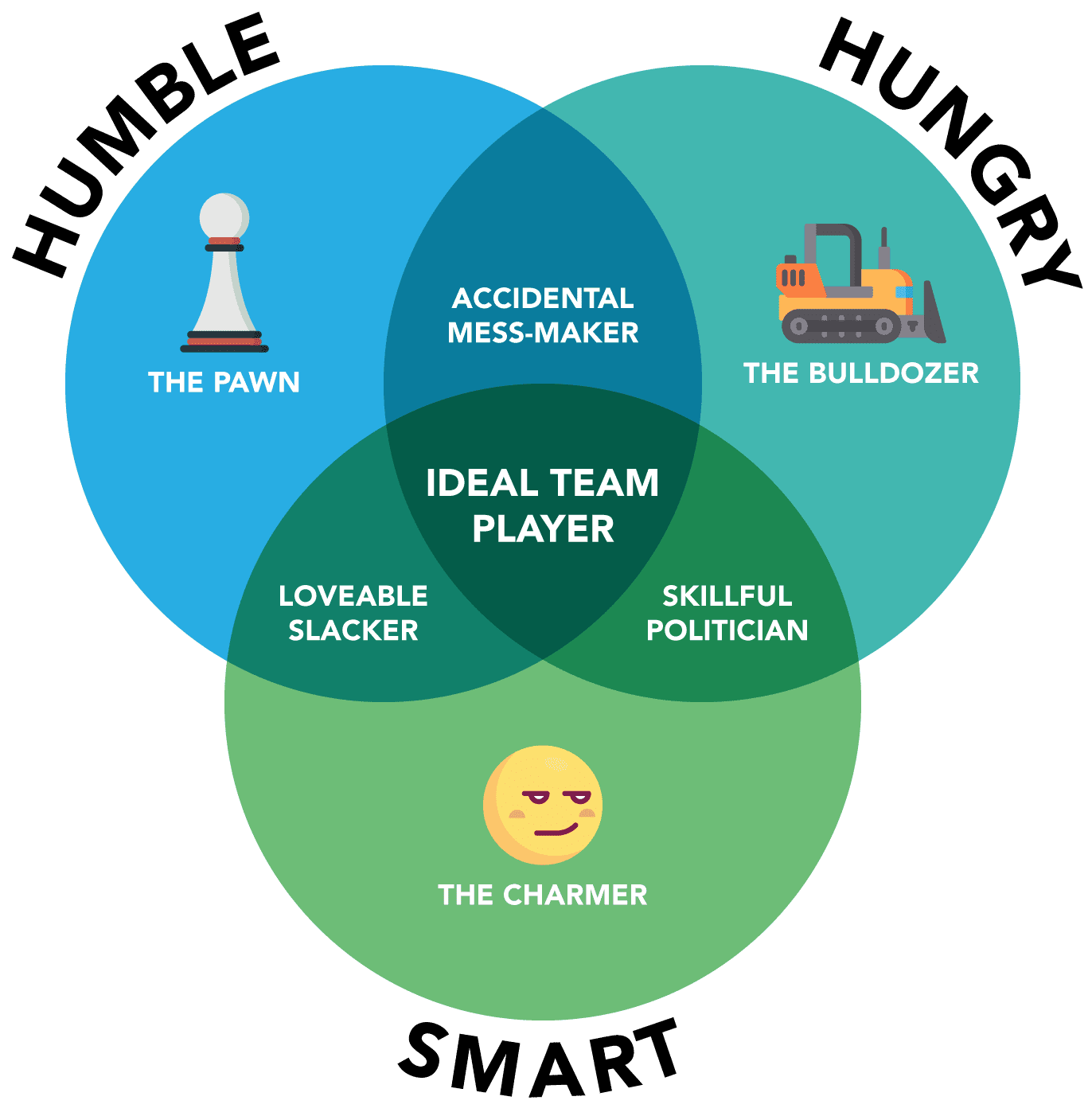
Reflecting on my professional journey and the various teams I’ve been a part of, I recently picked up a book that resonated with my experiences and offered some invaluable insights into building a truly cohesive and high-performing team. The book, “The Ideal Team Player” by Patrick Lencioni, delves into the characteristics that make someone an ideal team player and provides practical guidance on how to cultivate these traits in the workplace.
The Three Virtues of an Ideal Team Player
In this book, Lencioni identifies three key virtues of an ideal team player: humility, hunger, and people smarts. According to the author, individuals who embody these virtues are more likely to contribute positively to their teams and foster a healthy, collaborative work environment.
- Humility: The ideal team player possesses a modest view of their own importance and is willing to share credit, admit mistakes, and listen to others’ ideas. In my own career, I’ve seen how a lack of humility can hinder collaboration and breed resentment among team members.
- Hunger: A hungry team player is always looking for opportunities to learn, grow, and contribute. They’re self-motivated and eager to take on new challenges. I can attest to the value of hunger, as some of the most successful projects I’ve worked on have been driven by individuals who were relentless in their pursuit of excellence.
- People Smarts: Lastly, the ideal team player has a high degree of emotional intelligence and is able to navigate interpersonal relationships with tact and empathy. People smarts enable team members to communicate effectively and resolve conflicts when they arise.

Implementing the Lessons from the Book in the Workplace
Now that we’ve explored the virtues of an ideal team player, let’s discuss some practical ways to implement the lessons from the book in the workplace.
- Hire for Humility, Hunger, and People Smarts: When interviewing candidates, prioritize these qualities alongside technical skills and experience. Ask questions that reveal the candidate’s level of humility, hunger, and people smarts, and consider how well they’ll fit into the team dynamic.
- Encourage a Culture of Feedback: Create a safe environment where team members feel comfortable providing constructive feedback to one another. This can help individuals identify areas for growth in humility, hunger, and people smarts, and foster a culture of continuous improvement.
- Recognize and Reward Ideal Team Players: Make an effort to celebrate team members who embody the virtues of an ideal team player. This can not only motivate them to continue their good work, but also encourage others to emulate their behavior.
- Provide Opportunities for Skill Development: Offer workshops, training sessions, or mentorship programs focused on enhancing humility, hunger, and people smarts. This not only helps to develop these qualities in team members but also demonstrates the organization’s commitment to cultivating ideal team players.
- Foster Open Communication and Collaboration: Encourage team members to share their ideas, challenges, and successes, creating a culture where humility, hunger, and people smarts can flourish. This can be achieved through regular team meetings, brainstorming sessions, or informal gatherings.
Looking back on my own experiences, I can’t help but recognize the immense impact that ideal team players have had on the teams I’ve been a part of. By embracing the lessons from “The Ideal Team Player,” we can all contribute to building healthier, more effective teams that drive success in both our professional and personal lives. For those of you who have worked with exceptional team players, I’m sure you can relate to the incredible difference they make in team dynamics and overall productivity. If you haven’t had the opportunity to read “The Ideal Team Player” yet, I highly recommend it as a valuable resource for anyone looking to cultivate a strong cohesive team and foster a positive work environment.